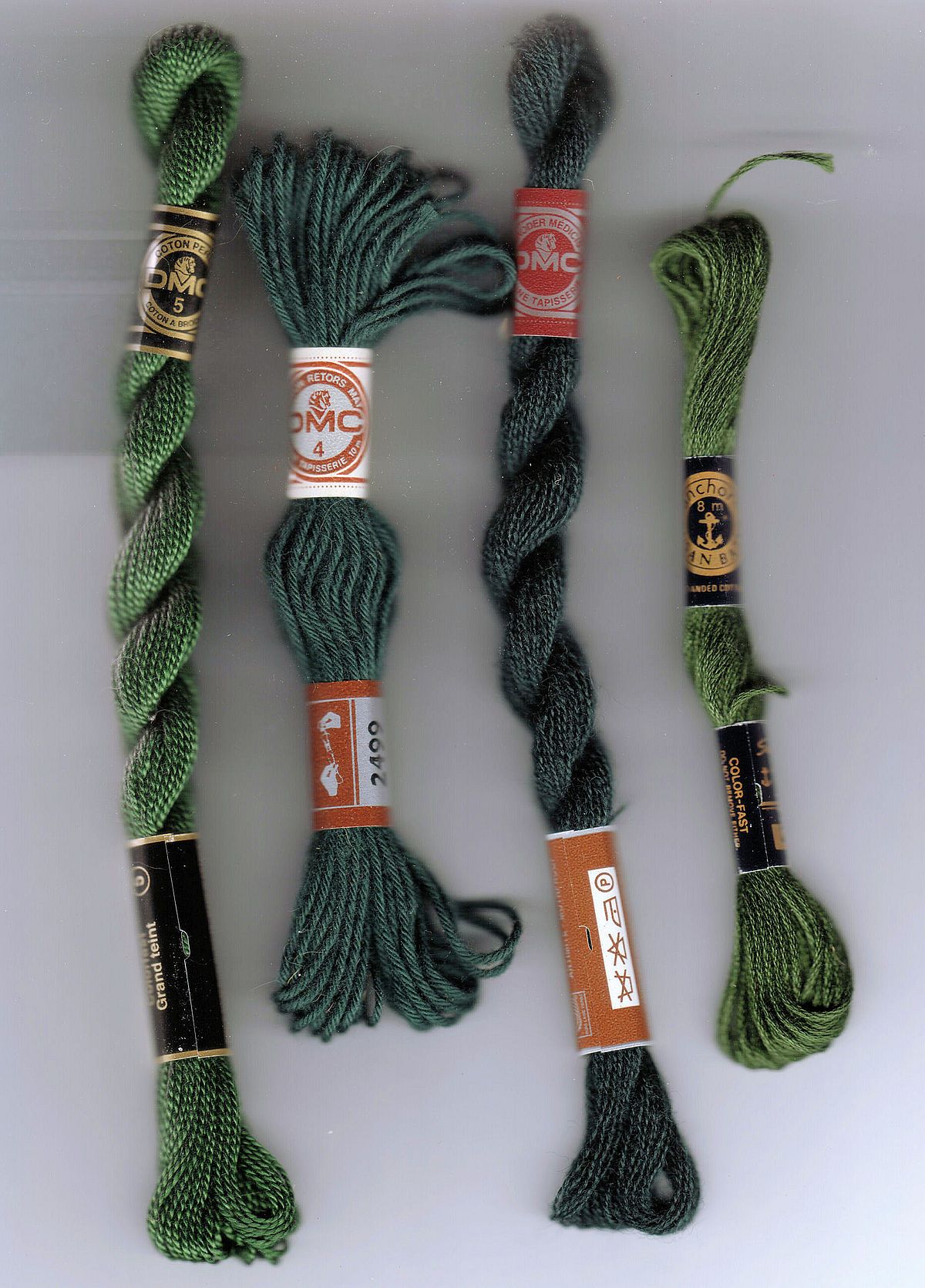

Articles
How To Store Embroidery Thread
Modified: February 23, 2024
Learn the best techniques to store embroidery thread in this helpful articles. Keep your threads organized and tangle-free for all your creative projects.
(Many of the links in this article redirect to a specific reviewed product. Your purchase of these products through affiliate links helps to generate commission for Storables.com, at no extra cost. Learn more)
Introduction
Embroidery thread is a prized possession for any embroidery enthusiast or professional. The bright and vibrant colors, the smooth texture, and the endless possibilities it offers make it an essential tool for creating beautiful designs. However, to ensure that your embroidery thread remains in optimal condition and is ready for use whenever you need it, proper storage is crucial.
In this article, we’ll discuss the importance of storing embroidery thread correctly and provide you with some valuable tips on how to do it effectively. Whether you have a small collection of threads or a vast assortment of colors and types, our guide will help you maintain the quality and longevity of your embroidery thread.
Without proper storage, embroidery thread can become tangled, knotted, faded, or damaged. This can not only affect the look and quality of your embroidery projects but also make it challenging to work with the thread. By implementing the right storage techniques, you can keep your embroidery thread neat, organized, and in optimal condition for years to come.
So, let’s dive in and explore the world of proper embroidery thread storage, from choosing the right storage solutions to how to best organize and protect your thread. Whether you’re a beginner or an experienced embroiderer, these tips and tricks will help you keep your thread collection in the best possible shape.
Key Takeaways:
- Proper storage and organization of embroidery thread is crucial for maintaining its quality and usability. By choosing the right storage solution, preventing tangling and knots, and protecting from dust and sunlight, you can ensure your thread remains in optimal condition for all your stitching projects.
- To maintain the quality and longevity of your embroidery thread, it’s important to handle it with care, select the appropriate storage solutions, and follow preventive measures. By implementing these tips, you can enjoy a well-organized and long-lasting thread collection, enhancing the beauty of your embroidery projects.
Read more: How To Organize An Embroidery Thread
Understanding the Importance of Proper Thread Storage
Proper thread storage is essential for maintaining the quality and usability of your embroidery thread. When exposed to the wrong conditions, threads can easily become damaged, tangled, or discolored, making them difficult to work with. Here are a few reasons why investing time and effort into proper thread storage is crucial:
- Preventing Tangling and Knots: One of the most frustrating issues with improper thread storage is tangling and knots. When threads aren’t stored correctly, they can easily become tangled with other threads or themselves, leading to unnecessary knots that are difficult to undo.
- Preserving Thread Color: Exposure to sunlight and harsh lighting can cause embroidery thread colors to fade over time. By storing your threads in a cool and dark place, you can preserve the color intensity and vibrancy of your threads, ensuring that they look their best in your embroidery projects.
- Protecting Thread from Dust and Debris: Dust, lint, and other debris can accumulate on embroidery threads when they are improperly stored. This can not only affect the appearance of your finished embroidery but also clog the fibers of the thread, making it less flexible and more prone to breakage.
- Preventing Moisture Damage: Exposure to moisture can lead to mold and mildew growth on the threads, which can ruin their quality and make them unusable. Additionally, moisture can cause the threads to become weak and prone to breaking.
- Prolonging Thread Longevity: Proper storage techniques can help extend the lifespan of your embroidery thread, ensuring that it remains usable for a longer period. This can save you money by reducing the need to frequently replace damaged threads.
By understanding the importance of proper thread storage, you can take the necessary steps to protect your embroidery thread collection. In the following sections, we’ll discuss various storage solutions and techniques that will help you keep your threads in optimal condition and ready for your next embroidery project.
Choosing the Right Storage Solution
When it comes to storing embroidery thread, there are several storage solutions to choose from. The ideal storage solution will depend on the size of your thread collection, your storage space, and your personal preferences. Here are a few popular storage options to consider:
- Thread Boxes: Thread boxes are a convenient and practical storage option. These boxes feature compartments or slots specifically designed to hold embroidery thread spools or floss skeins. They come in various sizes and can be easily stacked or stored in drawers or cabinets.
- Thread Racks: Thread racks are a popular choice for those who prefer to display their thread collection while keeping it easily accessible. These racks typically have multiple rows or tiers where you can hang your thread spools. They are perfect for larger collections and can be mounted on walls or placed on tabletops.
- Clear Plastic Containers: Clear plastic containers with compartments are another excellent option, especially for holding embroidery floss skeins or smaller thread spools. These containers allow you to see the colors at a glance and can be easily stored in drawers or on shelves.
- Drawer Inserts: If you have a dedicated drawer for your thread collection, consider using drawer inserts or dividers. These can help you keep your threads organized and prevent them from rolling around or getting tangled with each other.
When choosing a storage solution, keep in mind factors such as accessibility, protection from dust and sunlight, and the overall aesthetic appeal of your storage area. You want to find a solution that not only keeps your threads organized but also adds a touch of functionality and beauty to your workspace.
Additionally, consider investing in storage solutions that are adjustable or customizable. As your thread collection grows, you may need to accommodate additional spools or skeins, and having a storage solution that can adapt to your needs will save you from having to purchase new storage units.
Remember, the goal of choosing the right storage solution is to keep your threads neatly organized, protected, and easily accessible. Take some time to assess your thread collection and storage space, and select a storage solution that meets your needs and preferences.
Organizing Your Embroidery Thread
Once you’ve chosen the right storage solution for your embroidery thread, the next step is to organize it effectively. Proper organization not only makes it easier to find the thread you need but also helps prevent tangling and damage. Here are some tips to help you organize your embroidery thread:
- Sort by Type or Color: One of the most common ways to organize embroidery thread is by sorting it either by type or color. Sorting by type involves keeping all the cotton threads together, all the metallic threads together, etc. Sorting by color involves grouping threads of similar shades together.
- Use Thread Bobbins: Thread bobbins are small plastic or cardboard cards that you can wind your thread around. These bobbins can then be labeled with the color code or name of the thread. Using thread bobbins not only keeps your threads neat but also provides a visual reference for your thread collection.
- Label Your Storage Containers: Whether you’re using thread boxes, clear plastic containers, or any other storage solution, labeling them is essential. Labeling makes it easy to identify the contents of each container without having to open or search through them.
- Arrange by Number or Alphabetical Order: If your threads are numbered or have specific color codes, you can arrange them in numerical or alphabetical order. This makes it simple to find the exact thread you’re looking for without any hassle.
- Create a Thread Inventory: Keeping a detailed inventory of your thread collection can be incredibly helpful. You can use a spreadsheet or a dedicated embroidery thread management app to list all the threads you have, their color codes, and other relevant details. This inventory will serve as a handy reference when planning your embroidery projects.
Remember, the key to organizing your embroidery thread is finding a system that works best for you. Everyone has their preferred method, whether it’s sorting by color, type, or some other parameter. The goal is to create a system that is logical and makes it easy for you to find and access the threads you need.
By taking the time to organize your embroidery thread, you’ll save yourself valuable time and effort in the long run. No more rummaging through tangled threads or struggling to identify the right shade. With a well-organized thread collection, you’ll be able to focus more on your embroidery projects and less on searching for the right thread.
Storing Thread by Type or Color
One of the most effective ways to store and organize your embroidery thread is by grouping it either by type or color. Both methods have their advantages and can make your thread collection more accessible and visually appealing. Let’s explore how you can store your threads based on their type or color:
Read more: How To Store Thread
Storing by Type:
Storing your embroidery thread by type involves grouping threads of similar materials or characteristics together. This approach is particularly useful if you work with different types of threads, such as cotton, metallic, silk, or rayon. Here’s how you can store your threads by type:
- Separate Containers or Compartments: If you have a large thread collection, consider dedicating separate containers or compartments for each type of thread. For example, you can use one container for cotton threads, another for metallic threads, and so on. This not only keeps your threads organized but also allows you to easily locate the specific thread type you need.
- Labeling: To further enhance organization, label each container or compartment with the respective thread type. This makes it even easier to find and retrieve the desired thread quickly.
- Consider Thread Specific Storage Solutions: Some thread types may require special storage considerations. For example, metallic threads are prone to tangling, so using thread cases or spool holders specifically designed for metallic threads can help prevent this issue.
Storing by Color:
If you prefer to organize your embroidery thread by color, you can create a visually stunning and easily accessible thread collection. Organizing by color is particularly helpful when you frequently work on projects that require specific color combinations or when you simply enjoy the visual appeal of a color-coordinated thread collection. Here are some tips for storing your threads by color:
- Color-Coded Thread Boxes: Use thread boxes with compartments or slots to store your threads by color. Assign different compartments for different color families such as reds, blues, greens, etc. This allows you to easily locate and select the desired color when working on a project.
- Arrange in Rainbow Order: For a visually pleasing display, arrange your threads in rainbow order, starting with red and progressing through the color spectrum. This arrangement not only looks beautiful but also helps you quickly find the desired shade.
- Consider Color Swatch Charts: Create color swatch charts that display small snippets of each thread color and affix them to your thread boxes or storage containers. This reference will make it even easier to identify and select the right color for your projects.
Whether you choose to store your embroidery thread by type or color, or perhaps a combination of both, the key is to find a system that works for you. Experiment with different approaches and adjust as needed based on the size of your thread collection and your personal preferences.
By organizing and storing your threads by type or color, you’ll not only save time searching for the right thread but also create an aesthetically pleasing and inspiring workspace that increases your excitement and enjoyment of embroidery projects.
Preventing Tangling and Knots
Tangling and knots are a common frustration when it comes to storing and working with embroidery thread. Tangled threads can waste your time and effort by requiring tedious untangling, and knots can ruin the quality of your threads. By implementing a few simple techniques, you can prevent tangling and knots and keep your embroidery thread in optimal condition. Here are some tips to help you avoid these issues:
- Bobbin Winding: Wind your embroidery thread neatly and evenly onto thread bobbins or spools. Uneven winding or loose ends can easily lead to tangling or knots. Take the time to wind your thread carefully, ensuring that it is taut and secure on the bobbin.
- Thread Hanks and Skeins: If you work with embroidery floss skeins or hanks, it’s important to handle them properly to prevent tangling. Before using the thread, gently straighten the individual strands and drape them over your hand or a thread holder to keep them separated.
- Thread Tails: When cutting thread after stitching, leave a small tail to prevent the thread from unraveling or getting tangled. Secure the tail with a knot or a small piece of tape to keep it in place.
- Separate Compartments: Store each thread spool or bobbin in separate compartments, containers, or slots. This prevents the threads from coming into contact with each other and reduces the risk of tangling or knotting.
- Proper Unwinding: When pulling thread from a spool or bobbin, make sure to unwind it smoothly and gradually. Avoid pulling too quickly or forcefully, as this can lead to tangling. Take your time and be patient to keep the thread flowing smoothly.
- Use Thread Nets or Caps: For slippery or delicate threads, consider using thread nets or caps to secure the thread on the spool. These accessories help prevent unravelling and tangling, especially during storage or transport.
- Thread Path: Pay attention to the path your thread takes while stitching. Make sure it doesn’t cross over other threads or itself unnecessarily, as this can increase the chances of tangling or knotting.
By following these preventive measures, you can significantly reduce the occurrence of tangling and knots in your embroidery thread. Take the time to handle, store, and unwind your threads with care to maintain their quality and ensure a smooth stitching experience. If you do encounter a tangle or knot, it’s best to pause and untangle it immediately before it becomes more complicated and time-consuming.
Remember, prevention is key when it comes to avoiding tangling and knots in your embroidery thread. Incorporating these tips into your thread storage and handling routine will help you maintain organized and hassle-free thread collection, allowing you to focus on your creative embroidery projects without the frustration of tangled threads.
Protecting Thread from Dust and Sunlight
Properly protecting your embroidery thread from dust and sunlight is essential for maintaining its color vibrancy and overall quality. Dust can accumulate on the surface of the thread, while sunlight can cause fading and discoloration. To ensure your thread remains in optimal condition, here are some measures you can take to protect it:
- Store in a Closed Container: Keep your embroidery thread stored in a closed container, such as a thread box or a storage case with a lid. This prevents dust particles from settling on the thread and keeps it shielded from direct sunlight exposure.
- Avoid UV Rays: Ultraviolet (UV) rays from the sun can cause embroidery thread colors to fade over time. Place your thread storage container away from windows or any areas that receive direct sunlight. If you have to store your thread near a window, consider using window blinds or curtains to block out the UV rays.
- Use Thread Organizer Bags: Thread organizer bags are specifically designed to protect embroidery thread from dust, dirt, and sunlight. These transparent bags can accommodate thread spools or floss skeins and are particularly useful when you need to transport or store your thread collection.
- Consider Thread Drawers or Cabinets: Thread drawers or cabinets with doors provide an extra layer of protection against dust and sunlight. The enclosed space keeps the thread collection clean and shields it from harmful UV rays.
- Store in a Cool, Dark Area: Heat and light can degrade the quality of embroidery thread. Aim to store your thread collection in a cool, dark area, such as a closet or a dedicated thread storage cabinet. This helps maintain the thread’s original color and prevents premature aging.
- Avoid Storage Near Dust-Generating Items: Keep your thread storage away from areas where dust is likely to be generated, such as near air vents, fabric cutting areas, or woodworking stations. This reduces the chances of dust particles settling on your thread.
- Cover Thread Racks: If you use thread racks to showcase your thread collection, cover them with a clear plastic sheet or a fabric cover when not in use. This prevents dust from settling on the thread spools while still allowing easy visibility of the colors.
By taking these protection measures, you can safeguard your embroidery thread from dust and harmful sunlight, ensuring it remains in pristine condition for all your stitching projects. Not only will this preserve the thread’s appearance and quality, but it will also make your embroidery projects stand out with vibrant and true-to-color thread.
Remember to regularly clean your thread storage containers and ensure they are free from dust and debris. This will further minimize the risk of dust settling on your thread collection. By implementing protective measures and maintaining a clean storage environment, you can enjoy the long-lasting beauty and quality of your embroidery thread.
Read more: How To Store Embroidery Floss
Tips for Storing Embroidery Thread on Spools
Storing embroidery thread on spools is a common and convenient method that allows for easy access and organization. To ensure that your thread spools remain in optimal condition and are ready for use whenever you need them, here are some helpful tips:
- Keep Spools Upright: Store your thread spools in an upright position to prevent them from rolling around and unraveling. This helps maintain the neatness of the threads and avoids tangling or knotting.
- Utilize Thread Spool Racks or Pegboards: Invest in a thread spool rack or a pegboard with hooks to keep your spools organized and easily accessible. These storage solutions allow you to display your thread collection while ensuring they remain secure and in place.
- Arrange by Color or Shade: Consider organizing your thread spools by color or shade. This allows for easy visual identification and selection when working on specific embroidery projects. You can group similar colors together or arrange them in a gradient pattern for a visually pleasing display.
- Label Spools: If your spools don’t have pre-printed labels, consider labeling them yourself. You can use small adhesive labels or writable tags to indicate the color code or name of the thread. This helps quickly identify the thread you need without having to search through multiple spools.
- Avoid Overloading Spool Racks: Be mindful not to overload your spool racks or pegboards. Too many spools in one place can make it difficult to access and select the desired thread. Leave some space between spools to prevent overcrowding and tangling.
- Prevent Unraveling: To prevent thread from unraveling on spools, secure the loose end by tucking it into a notch or using a small piece of tape. This keeps the thread neat and prevents it from becoming tangled with other spools.
- Store in a Dust-Free Environment: Keep your spool storage area clean and free from dust and debris. This prevents particles from settling on the thread, ensuring that it remains clean and ready for use.
- Avoid Excessive Sunlight Exposure: Protect your thread spools from direct sunlight exposure, as prolonged exposure can cause fading and discoloration. Store them in a dark area or use thread storage solutions that offer UV protection.
By following these tips, you can maintain the organization, accessibility, and quality of your embroidery thread stored on spools. Whether you use spool racks, pegboards, or any other storage solution, these guidelines will help you make the most out of your thread collection and simplify the thread selection process for your embroidery projects.
Store embroidery thread in a cool, dry place away from direct sunlight to prevent fading and damage. Keep the threads organized and tangle-free by using a thread organizer or bobbins.
Storing Embroidery Floss Skeins
Embroidery floss skeins are commonly used in various embroidery projects. Storing them properly helps keep the threads tangle-free and in excellent condition. Here are some tips for storing embroidery floss skeins:
- Wind Skeins on Bobbins: Wind each embroidery floss skein onto a thread bobbin. Not only does this prevent tangling and knotting, but it also allows for easier organization and color selection.
- Sort by Color or Shade: Arrange the skeins by color or shade for convenient color identification. You can group similar colors together or arrange them in a gradient pattern for a visually appealing display.
- Use Plastic Floss Bobbins: Consider using plastic floss bobbins specifically designed for organizing embroidery floss. These bobbins usually have space to write the color code or name of the floss, making it easier to find the desired color quickly.
- Store in Floss Boxes or Hanging Bags: Floss boxes or hanging bags are excellent storage solutions for embroidery floss skeins. These containers often come with individual compartments or pockets, allowing you to keep each color separate and prevent tangling.
- Label Containers: Label the floss boxes or hanging bags with color codes or names to easily locate the desired skein. This saves time and prevents the need to search through multiple compartments or pockets.
- Keep Skeins Untangled: When taking out a skein from the storage container, avoid pulling it from the center. Instead, take the skein from an end, gently untwisting it as you go. This helps prevent tangling and ensures the skein remains intact.
- Store in a Cool, Dry Place: Temperature and humidity can affect the quality of embroidery floss. Store your floss skeins in a cool, dry area to prevent moisture damage or color fading.
- Protect from Dust: Keep your embroidery floss skeins away from areas prone to dust accumulation. Store them in a closed container or hang them in a bag to protect them from dust particles. This keeps the floss clean and ready for use.
By following these tips, you can ensure that your embroidery floss skeins remain organized and tangle-free, allowing you to easily select the desired color for your embroidery projects. Whether you use floss boxes, hanging bags, or any other storage solution, these guidelines will help you keep your embroidery floss collection in excellent condition and ready for your next stitching adventure.
Utilizing Bobbin Storage for Thread
Bobbin storage is a popular method for organizing and storing embroidery thread. By winding your thread onto bobbins, you can keep them neatly organized and easily accessible. Here are some tips for utilizing bobbin storage for your thread:
- Choose the Right Bobbins: Use thread bobbins specifically designed for embroidery thread storage. These bobbins often have a flat surface and a central hole to secure the thread properly.
- Wind Thread Neatly: Take the time to wind your thread onto the bobbins neatly and evenly. This not only prevents tangling but also makes it easier to locate and unwind the desired amount of thread when working on your projects.
- Label Bobbins: To keep track of the color and type of thread on each bobbin, label them with the corresponding color code or name. You can use adhesive labels, write directly on the bobbin, or use color-coded stickers for easy identification.
- Sort by Color or Type: Organize your thread bobbins by color or type. You can separate them into individual compartments, bags, or storage cases based on your preference. This allows for quick color or thread type selection when needed.
- Consider Bobbin Boxes or Cases: Bobbin boxes or cases provide a convenient and compact storage solution for your thread bobbins. These containers often have individual compartments to keep each bobbin separate and prevent them from tangling or unraveling.
- Stackable Bobbin Storage: If you have a large collection of thread bobbins, look for stackable storage options. This allows you to expand your storage capacity while keeping your bobbins organized and accessible.
- Utilize Bobbin Rings: Bobbin rings are small circular holders that can hold multiple bobbins together. They are particularly useful for storing frequently used thread colors or for organizing threads for specific projects. Bobbin rings can be stored in a box or hung on a hook for easy access.
- Keep Bobbins Secure: To prevent thread from unraveling on the bobbin, secure the loose end by tucking it into a notch or using a small piece of tape. This helps maintain the integrity of the thread and avoids any tangles or knots.
By utilizing bobbin storage for your thread, you can keep your embroidery thread collection organized, accessible, and in excellent condition. Whether you choose bobbin boxes, cases, or any other storage solution, these tips will help streamline your embroidery projects by ensuring that the thread you need is always within reach.
Properly Storing Metallic and Specialty Threads
Metallic and specialty threads add a touch of sparkle and uniqueness to embroidery projects. However, these threads require special care and storage to maintain their quality and prevent damage. Here are some tips on properly storing metallic and specialty threads:
- Separate Storage: Keep metallic and specialty threads separate from regular embroidery threads. The unique properties and textures of these threads make them more prone to tangling and damage when mixed with other types of thread.
- Thread Cases: Invest in thread cases specifically designed for storing metallic and specialty threads. These cases often have individual compartments or holders that prevent the threads from tangling and keep them protected.
- Organize by Type: If you work with different types of metallic or specialty threads, organize them by type. For example, separate metallic threads from holographic or glow-in-the-dark threads. This makes it easier to find the specific thread you need for your project.
- Secure Loose Ends: Metallic threads are prone to unraveling and tangling. To prevent this, secure the loose end of the metallic thread by tucking it into a notch or using a small piece of tape. This keeps the thread intact and reduces the risk of tangling with nearby threads.
- Avoid Direct Sunlight: Minimize exposure to direct sunlight or harsh lighting conditions. UV rays can cause metallic threads to fade or lose their shine over time. Store them in a dark and cool area, protected from sunlight.
- Use Thread Nets or Caps: Metallic threads can easily catch on other objects or fabrics due to their texture. To prevent snagging and tangling, consider using thread nets or caps specifically designed for metallic threads. These accessories add an extra layer of protection and keep the thread contained.
- Avoid Extreme Temperature and Humidity: Metallic and specialty threads can be sensitive to extreme temperature and humidity. Keep them in a stable environment with controlled temperature and humidity levels to prevent moisture damage or thread deterioration.
- Gently Unwind and Handle: When working with metallic or specialty threads, handle them gently to avoid tangling or damaging the delicate fibers. Unwind the thread smoothly and gradually, and avoid pulling or tugging forcefully.
By following these storage tips, you can preserve the quality and appearance of your metallic and specialty threads. Proper storage ensures that these unique threads remain ready for your projects, adding that extra touch of shimmer and creativity to your embroidery work.
Read more: How To Store Spools Of Thread
Maintaining Thread Quality and Longevity
Maintaining the quality and longevity of your embroidery thread is crucial to ensure optimal performance and beautiful results. By following a few simple tips, you can maximize the lifespan of your thread and keep it in excellent condition for all your stitching projects. Here’s how to maintain the quality and longevity of your embroidery thread:
- Proper Storage: Store your thread in a cool, dry, and dark environment. Avoid exposure to direct sunlight, extreme temperatures, and high humidity, as these can degrade the thread’s quality over time.
- Protect from Dust: Keep your thread collection in a closed container, such as a drawer or storage box, to protect it from dust and debris. Regularly dust the storage area to maintain cleanliness.
- Avoid Overhandling: Limit unnecessary handling of the thread. Frequent touching and exposure to oils and dirt from your hands can accumulate on the thread, affecting its texture and color. Use clean hands or wear gloves when handling the thread to minimize contamination.
- Prevent Tangling: Properly wind your thread onto bobbins or spools to prevent tangling. Avoid using excessive force while unwinding the thread to minimize the risk of breakage or knotting.
- Regularly Replace Needles: Dull or damaged needles can cause friction and snag the thread, leading to breakage. Replace your needles regularly to maintain smooth stitching.
- Clean Your Machine: Regularly clean your embroidery machine, particularly the tension discs and bobbin case. Accumulated lint and debris can affect stitch quality and cause thread breakage.
- Use High-Quality Thread: Invest in high-quality embroidery thread from reputable brands. Cheaper threads may be more prone to breakage and color fading, compromising the quality of your embroidery work.
- Thread Selection for Project: Choose the appropriate thread weight and type for each embroidery project. Thicker threads are ideal for bold designs, while finer threads work well for intricate details. Using the right thread for each project minimizes strain on the thread and ensures better stitch results.
- Prevent Overworking the Thread: Avoid excessive stitch density or overworking the thread in a small area. Too many stitches packed closely together can cause thread breakage or weaken the fabric.
- Read Thread Care Instructions: Pay attention to any specific care instructions provided by the thread manufacturer. Some threads may recommend certain washing or handling techniques to maintain their quality.
By following these tips, you can extend the lifespan of your embroidery thread and ensure consistent quality in your stitching projects. Taking care of your thread not only saves you time and money but also allows you to achieve the best results in your embroidery endeavors.
Conclusion
Properly storing and maintaining your embroidery thread is essential for preserving its quality, longevity, and overall usability. By implementing the tips and techniques outlined in this article, you can ensure that your thread collection remains organized, protected, and ready for all your stitching projects.
We discussed the importance of understanding the significance of proper thread storage and the role it plays in preventing tangling, preserving thread color, and protecting it from dust and sunlight. Choosing the right storage solution is crucial, whether it’s thread boxes, racks, or clear plastic containers. The organization of your thread by type or color adds to the ease of locating specific hues or material variations.
Furthermore, we explored the prevention of tangling and knotting, which can be tedious and time-consuming to untangle. Proper handling, securing loose ends, and separating thread spools or floss skeins are essential practices to minimize tangling and knots.
Additionally, we discussed the significance of protecting thread from dust and sunlight. Utilizing closed containers, keeping threads in a cool and dark environment, and using protective accessories such as thread nets or caps are effective ways to safeguard their quality and prevent damage.
We delved into the specific storage techniques for embroidery floss skeins, metallic threads, and specialty threads, emphasizing the need for separate storage, proper winding, labeling, and protection from environmental factors.
To maintain thread quality and longevity, we highlighted the significance of proper storage, avoiding overhandling, preventing tangling, replacing needles regularly, and using high-quality thread. Taking care of your embroidery machine and selecting the appropriate thread weight and type for each project are also essential practices to ensure optimal results.
In conclusion, by following these guidelines and implementing proper storage and maintenance techniques, you can enjoy a well-organized and long-lasting embroidery thread collection. Not only will this save you time and effort in the long run, but it will also enhance the quality and appearance of your embroidery projects. So, take the necessary steps to protect and care for your embroidery thread, and let your creativity flourish with beautiful and vibrant stitches.
Frequently Asked Questions about How To Store Embroidery Thread
Was this page helpful?
At Storables.com, we guarantee accurate and reliable information. Our content, validated by Expert Board Contributors, is crafted following stringent Editorial Policies. We're committed to providing you with well-researched, expert-backed insights for all your informational needs.
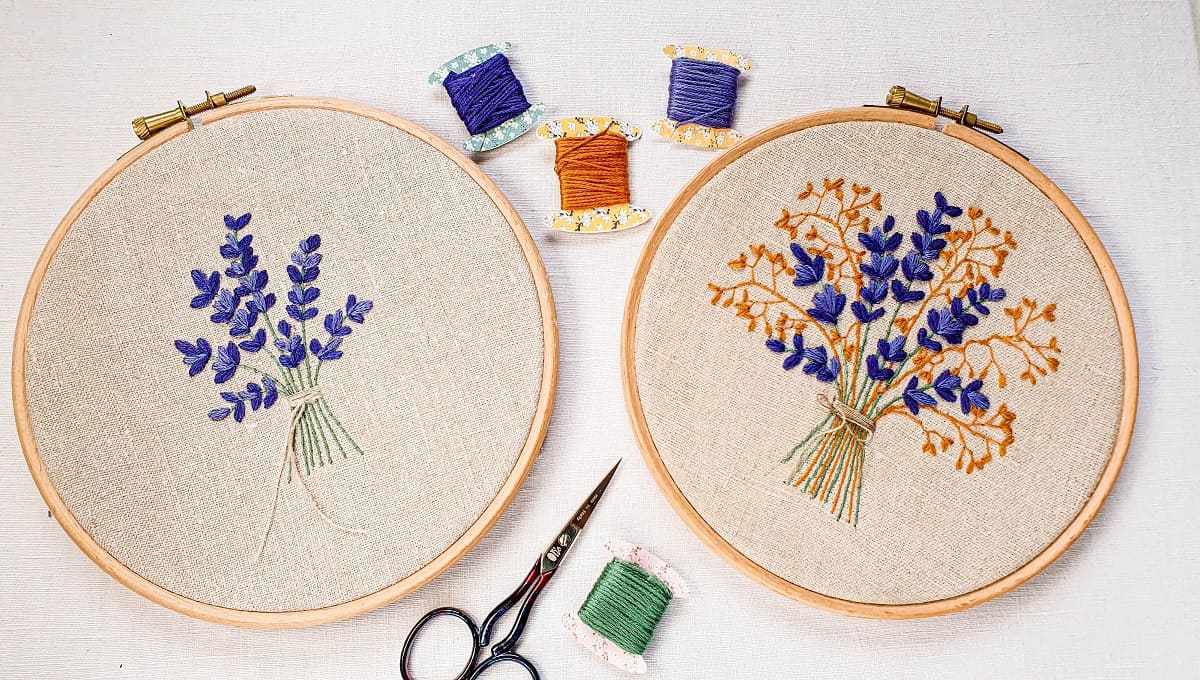
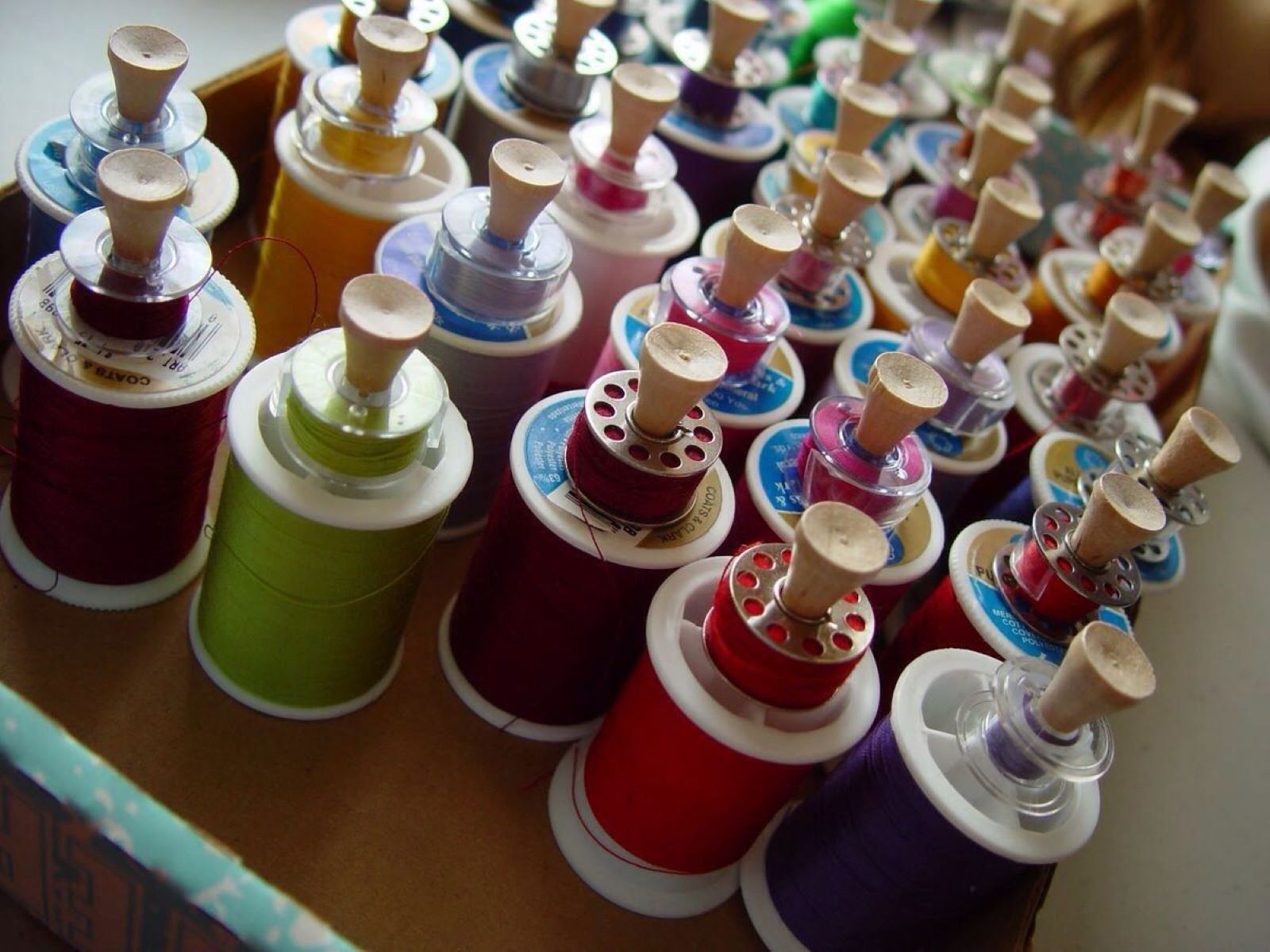
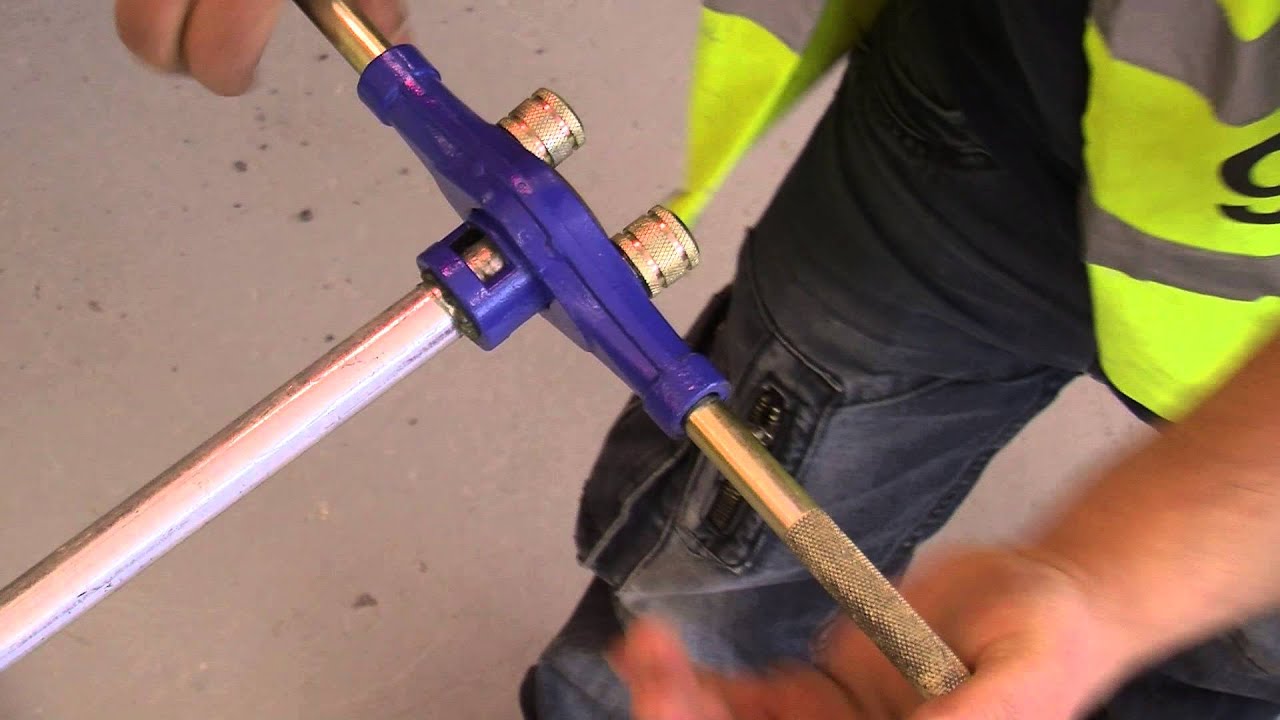
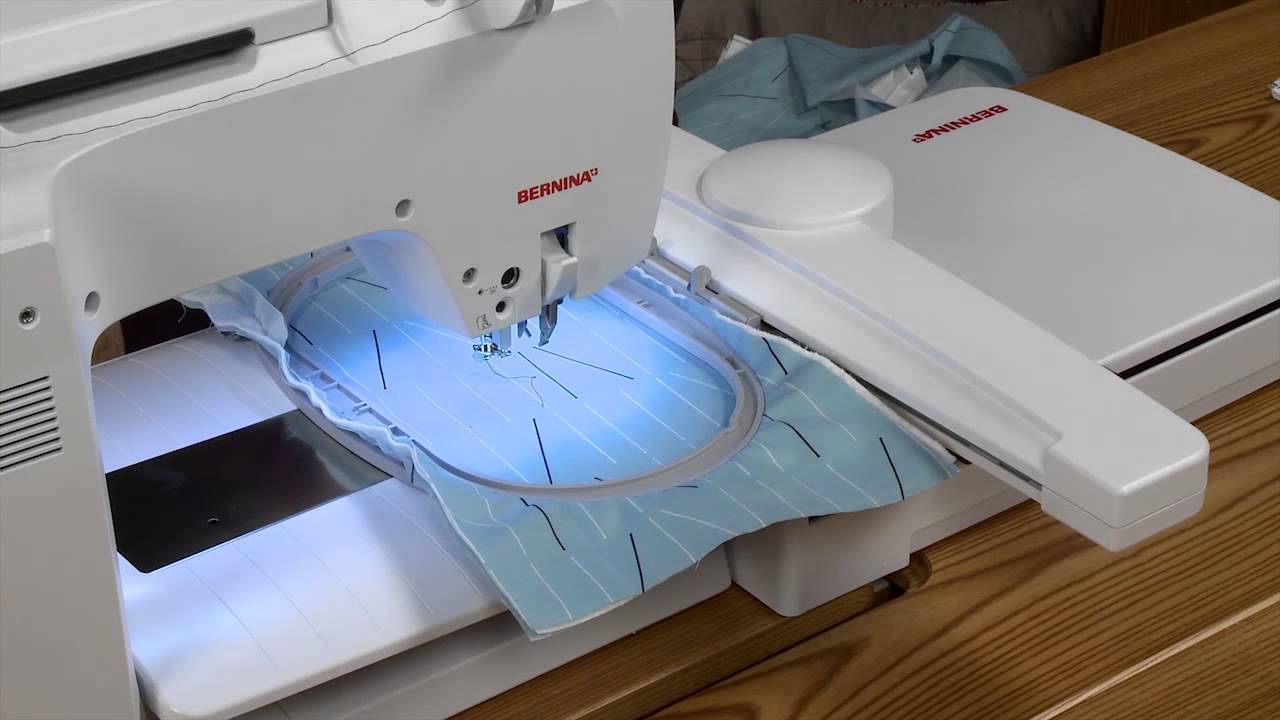
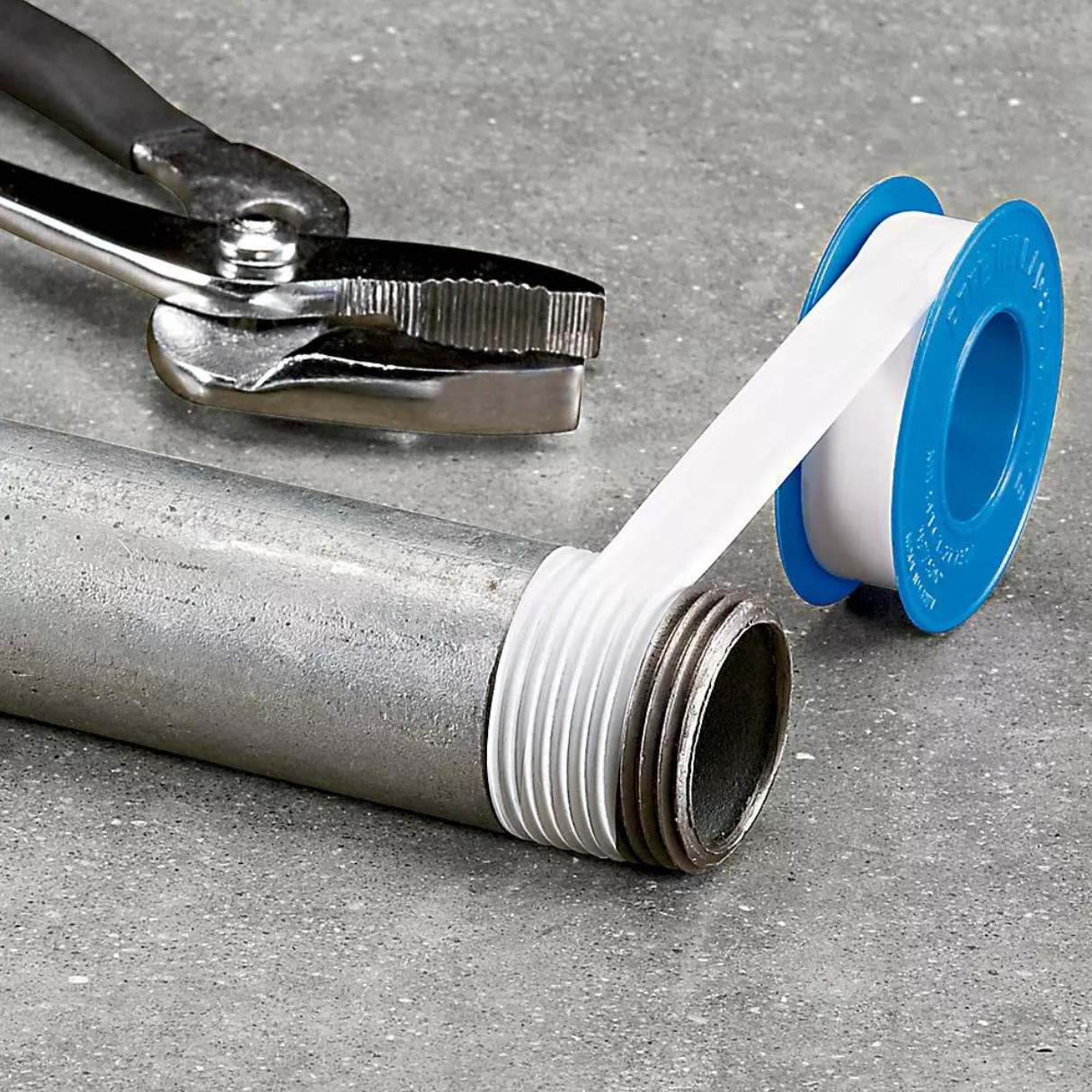

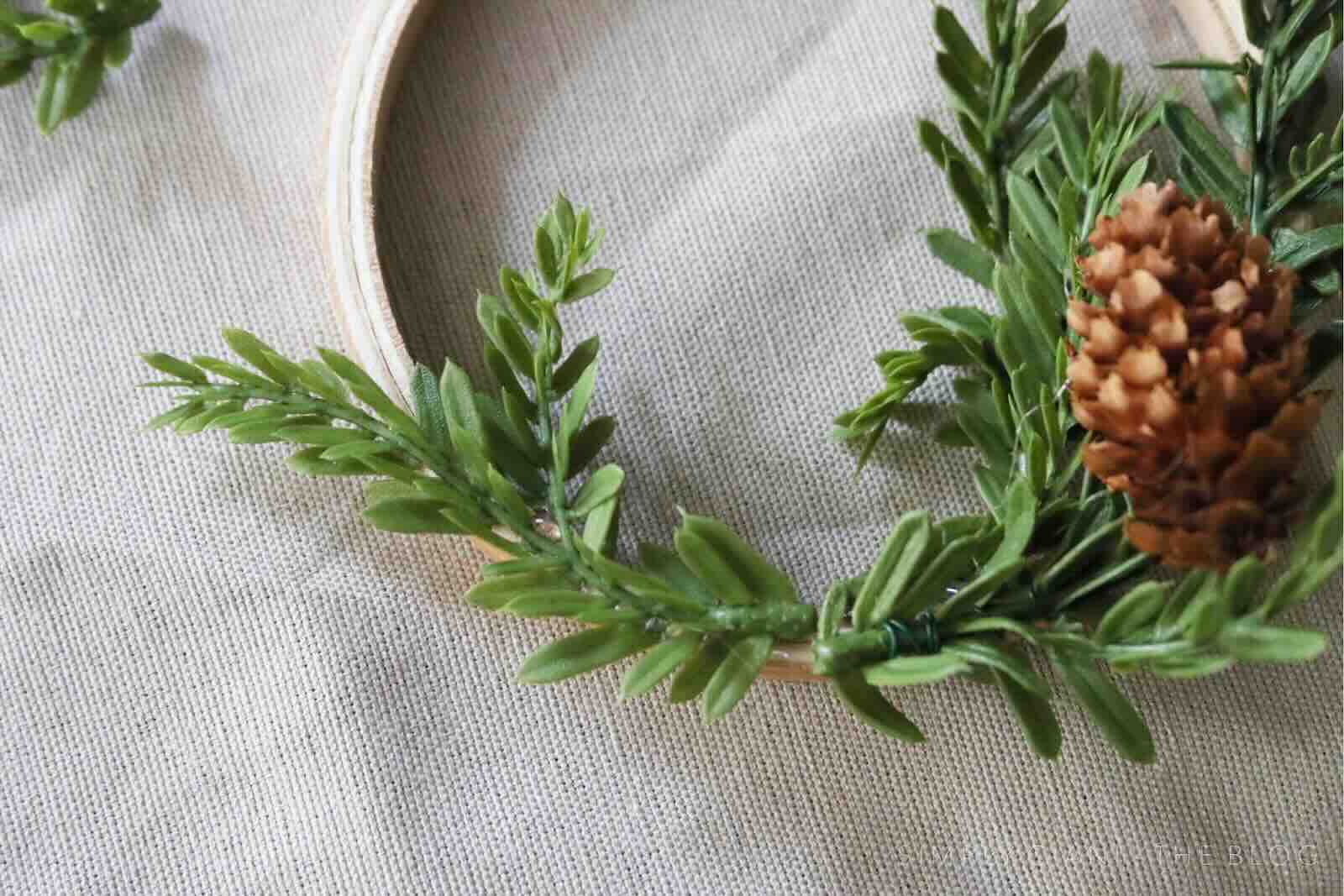
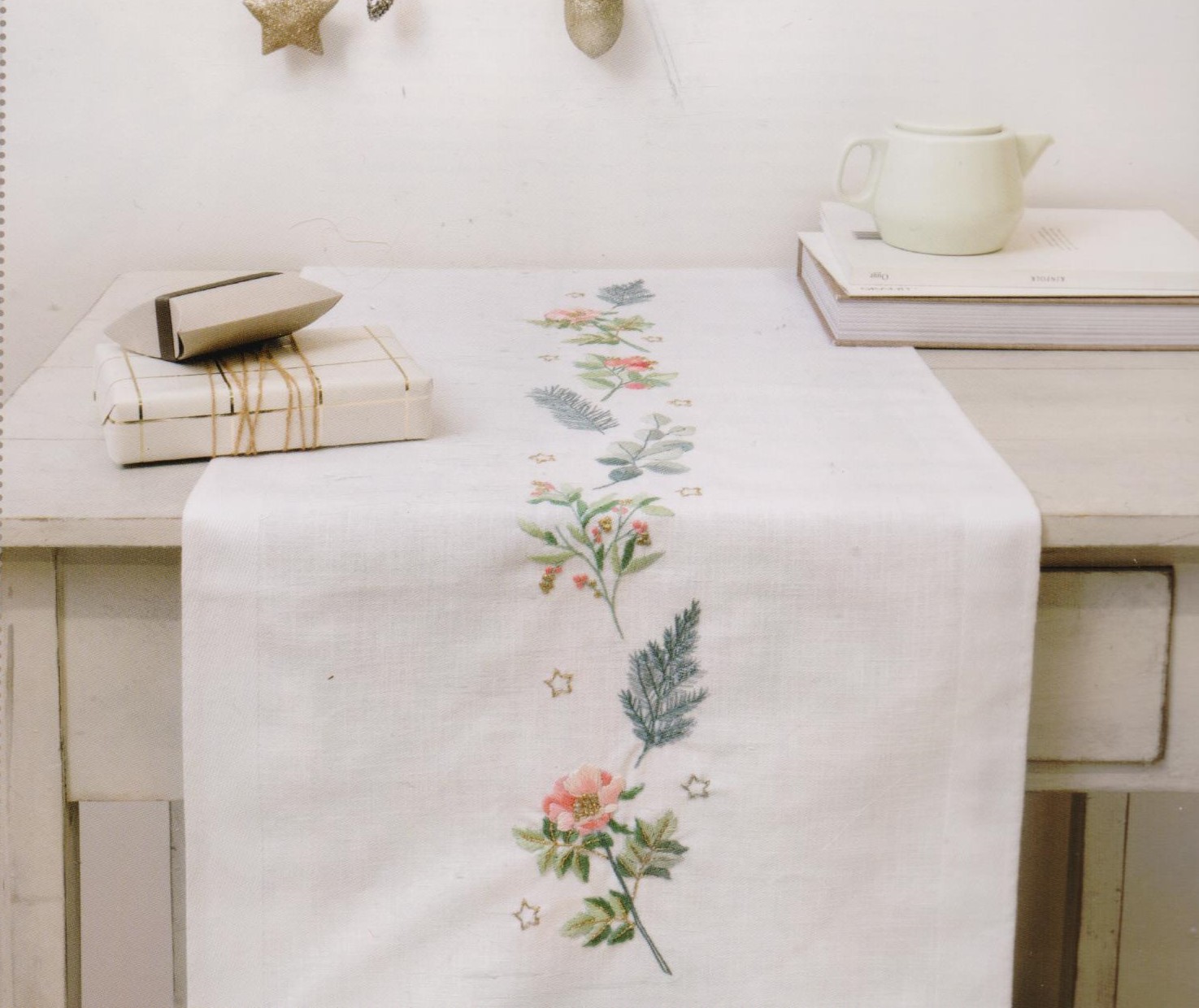
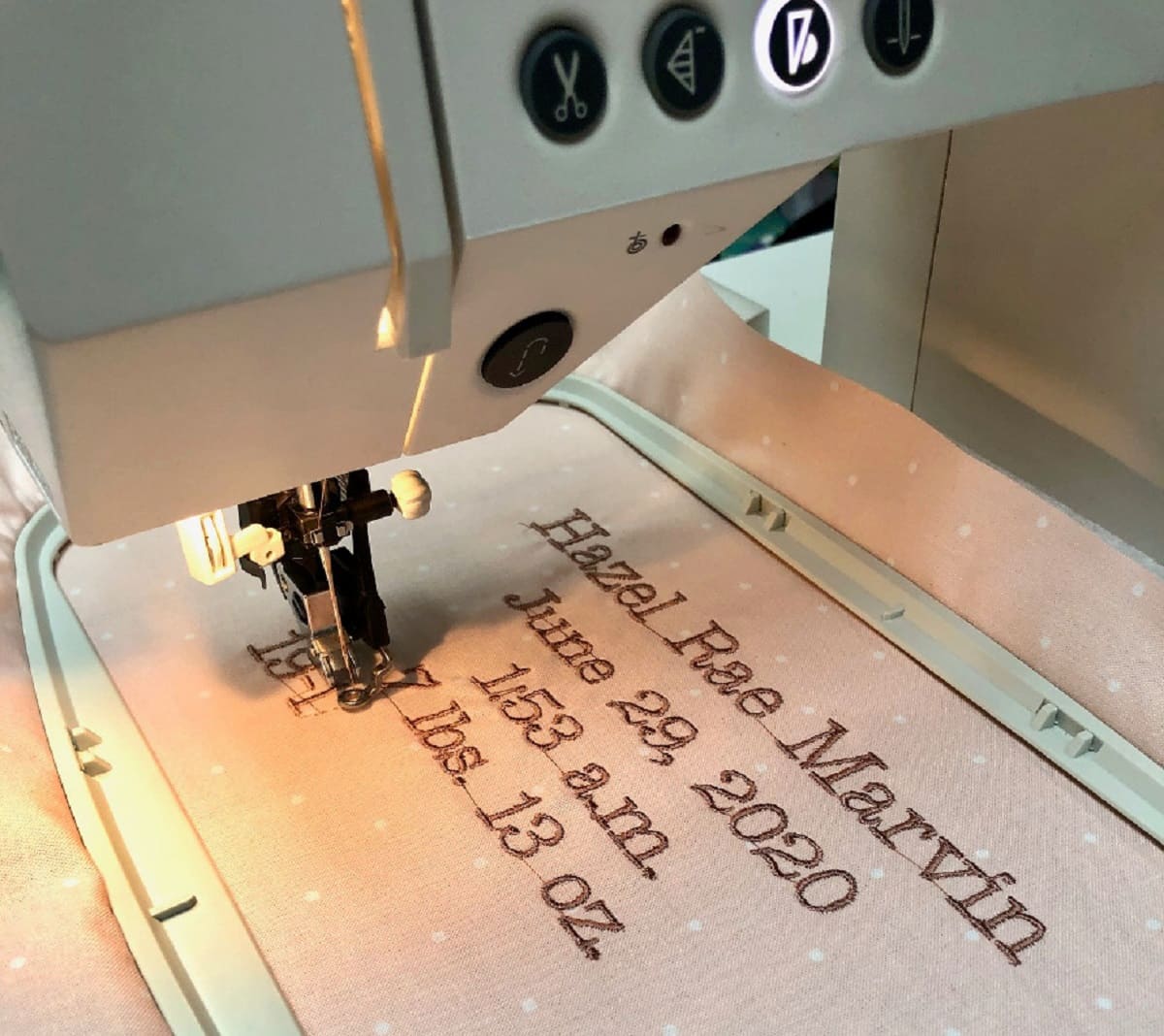
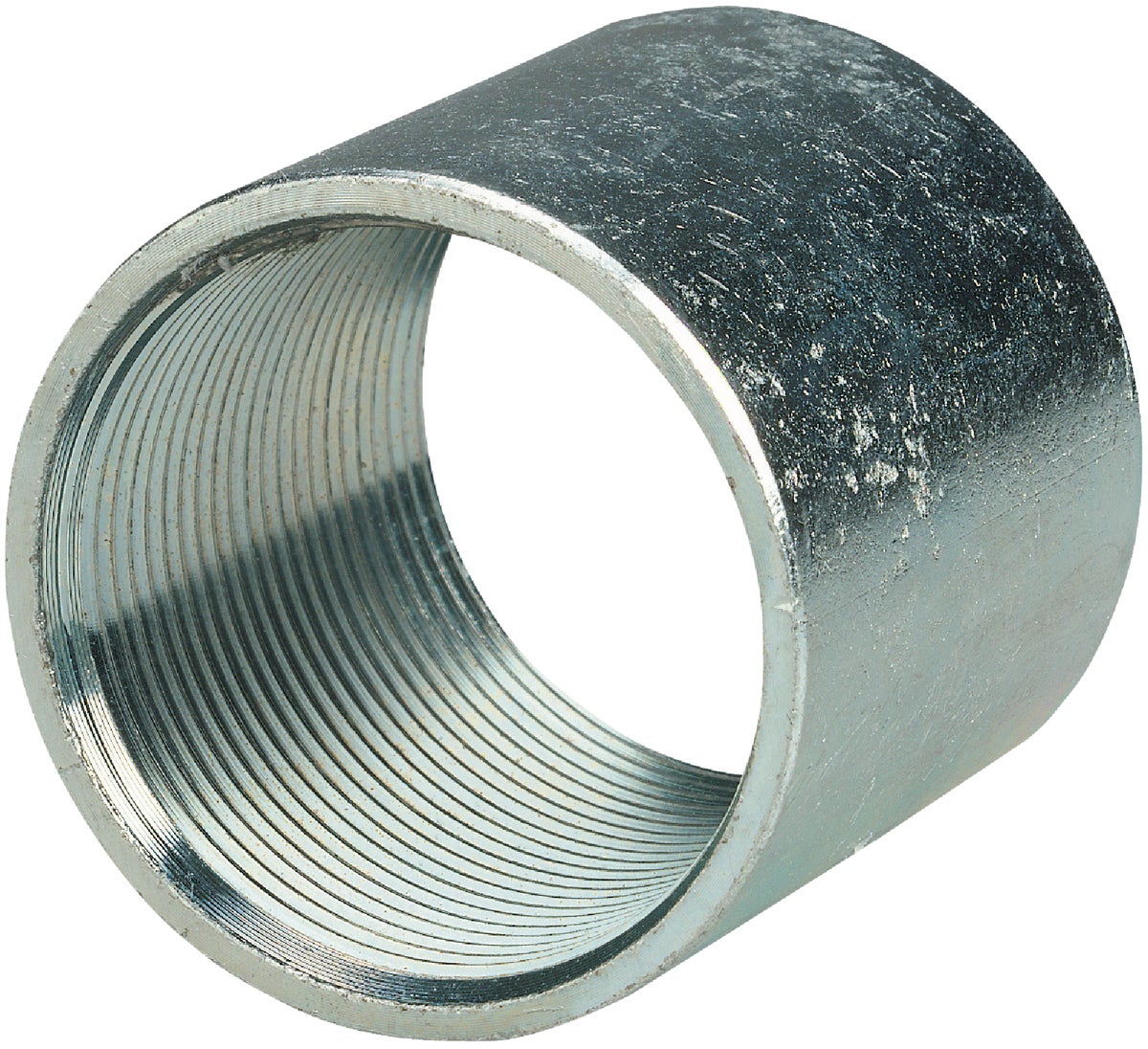
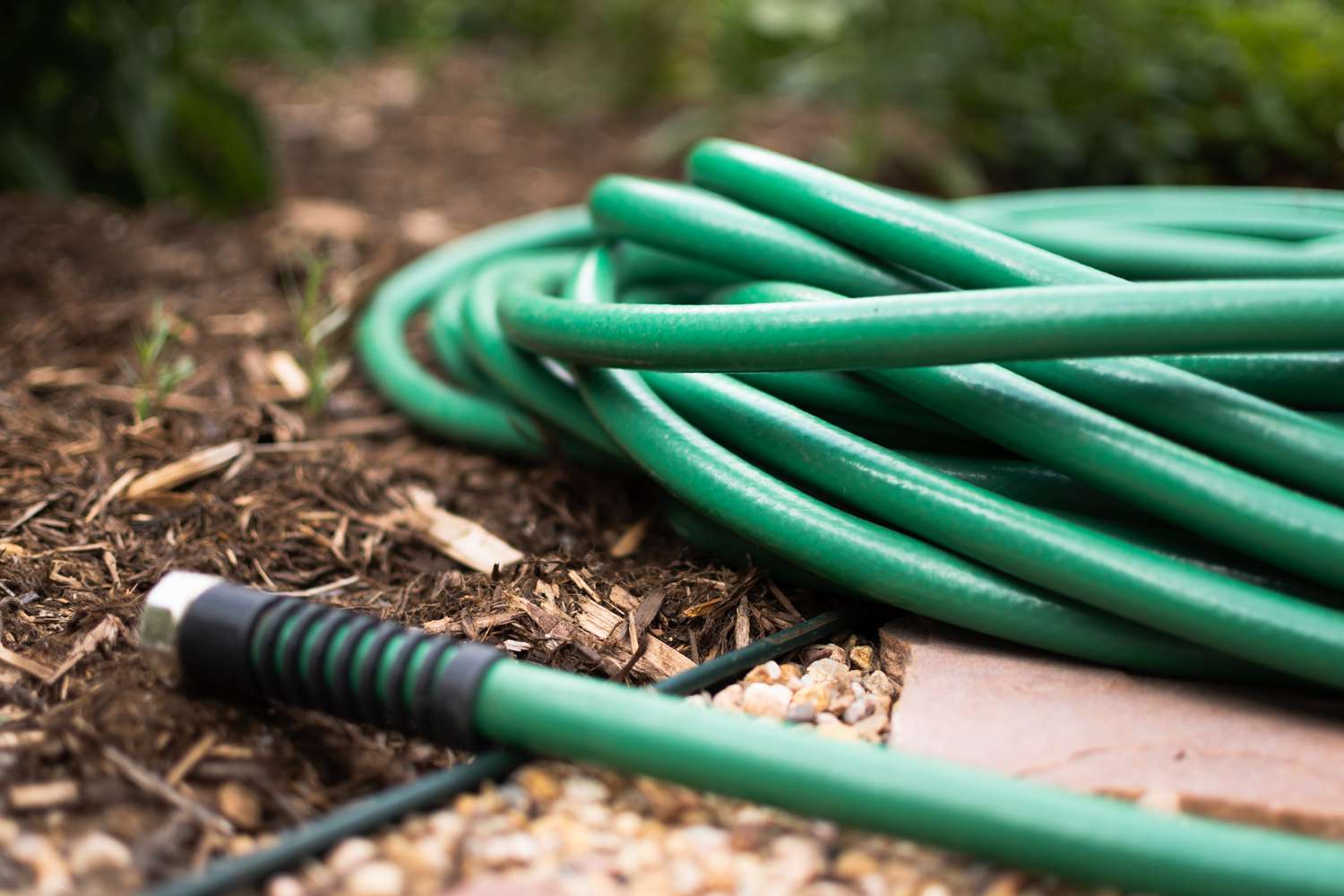
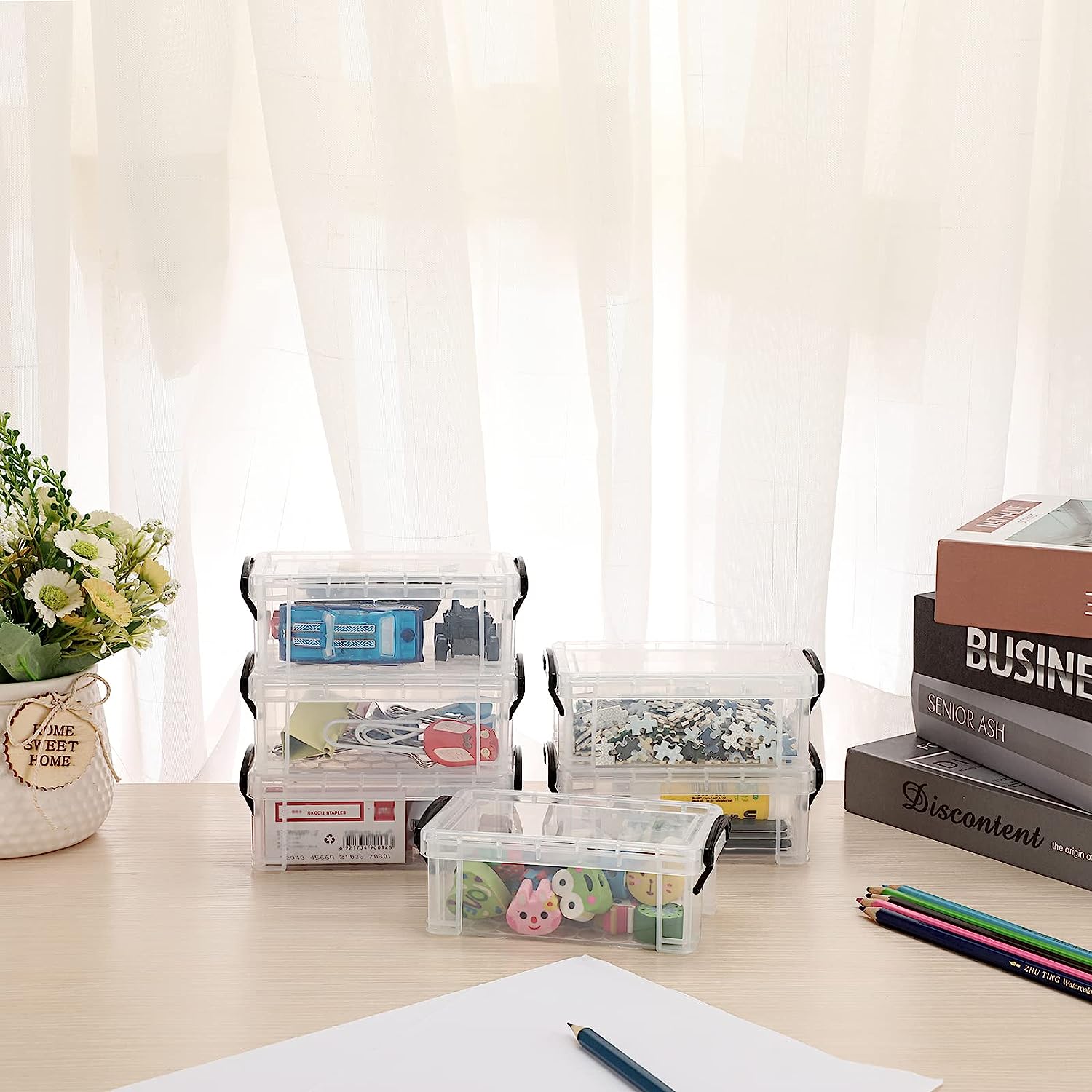

0 thoughts on “How To Store Embroidery Thread”